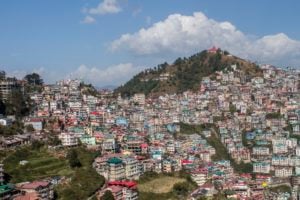After the closure of the Baikal cellulose-paper industrial complex in 2013, the main cause of pollution for the great Siberian lake became mass tourism. In 2019, the flow of tourists was three to four million per year.
Did you know…
Lake Baikal is 25 million years old and more than 5000 feet (1500 m) deep. It contains 20% of the world’s total unfrozen freshwater reserve.
One of the environmental consequences of tourism is the pollution of the shallow coastal area due to household waste and sewage. Now, every summer sees a massive proliferation of non-native algae, which displaces animal and plant species native to the Baikal region.
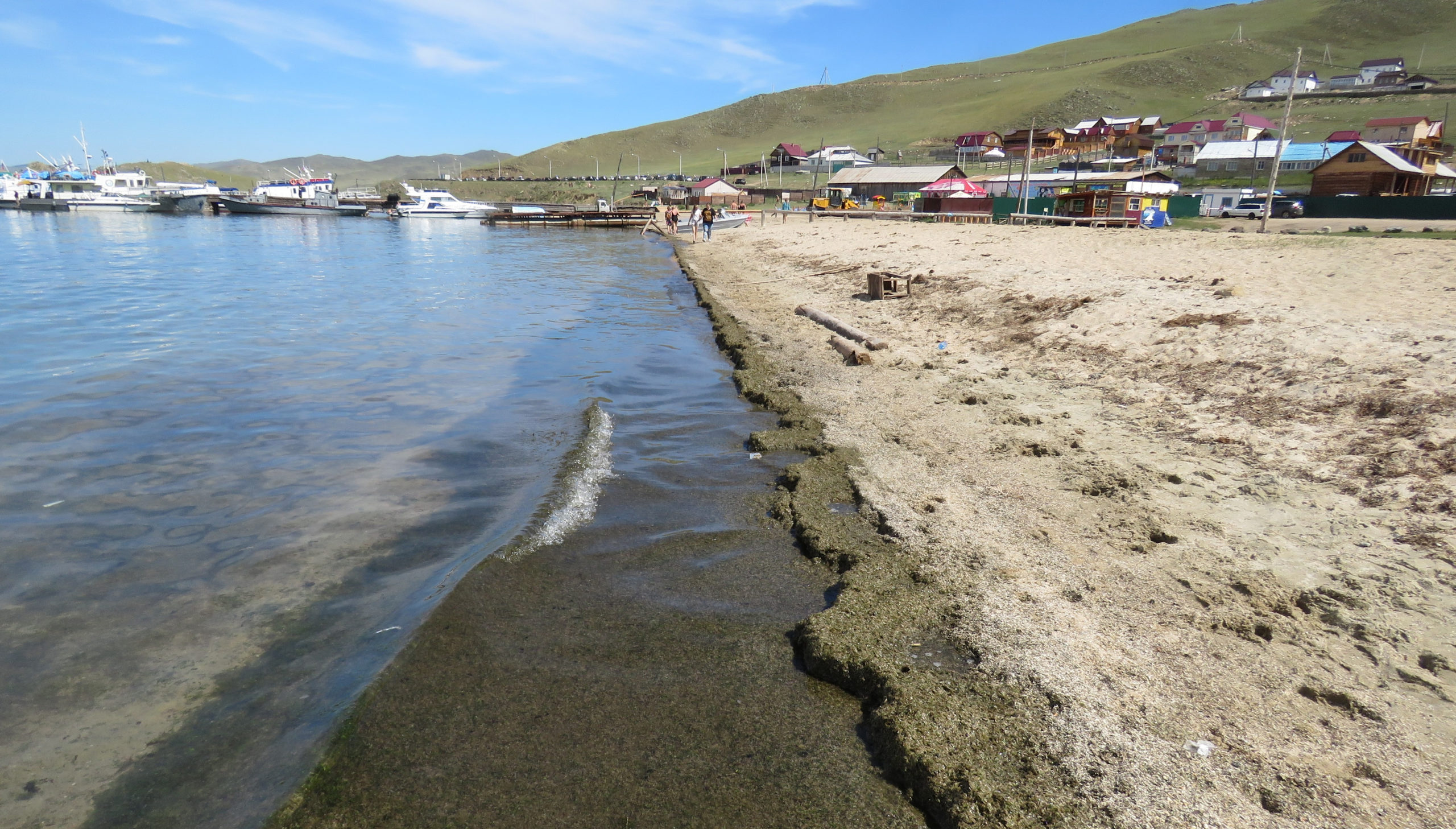
In the places where tourism particularly dominates – by the village Listvyanka and a variety of areas along the Maloje More Strait (which separates Olkhon Island from the mainland) – the water is so polluted that swimming in it is forbidden. Fifteen years ago, the water here was drinkable.
Baikal development
The greatest threat is now posed by development along the shores of Lake Baikal. Tourist bases, hotels and country houses are now the main source of pollution. Thousands of cesspits drain into the lake and only a few have wastewater treatment systems. According to scientists, even treated waste should not be discharged into the Baikal. But with these levels of mass tourism, maintaining the cleanliness of the “Well of the Planet” is proving impossible.
The development area is spreading like an oil slick on water and has already occupied thousands of hectares. The scale of this development is especially large on the shores of the Maloje More Strait (in the Olkhonsky district of Irkutsk Region). This district is renowned for its unique biodiversity. Now the largest numbers of tourists to Baikal flow through here, affecting the natural habitats of many rare plants and animals.
The construction of new tourist facilities is continuing at breakneck speed. One reason is land fraud, which began around 20 years ago. It is alleged that officials in the Olkhonsky district illegally sold, rented and privatised land which was part of the Pribaikalsky National Park. This was possible due to the absence of defined borders for the park and lack of financing from Moscow for land delimitation, as well as the inaction of regulatory authorities.
All the commercially attractive land near Maloje More has already been “involved in commercial turnover” for some time, although only a small part of the land has been developed so far. In 2018, the Baikal Environmental Prosecutor’s office (BEP) was set up to investigate land abuses, and the first legal decisions appeared on the seizure of land plots and the demolition of buildings.
Lake Baikal conservation
A powerful counter-campaign began immediately. The “landowners” ( mostly local officials and businesspeople in the tourism industry), developers, police, prosecutors and the media organised a large-scale protest. They cover up their interest in the name of “violation of the rights of locals”, who they actively encourage to participate in the protests.
Protesters argued that the laws protecting the Baikal are too strict, and that in matters of land transactions and construction, “people should not suffer for the mistakes of the state.” By “mistakes”, they meant the mass illegal selling off of land, and by “the state”, they meant specific officials.
After the pushback against environmental regulations, the new version of the list of forbidden activities repealed the ban on building on undisturbed natural lands. To be more precise, the ban remains only upon a narrow strip of ‘water protection zone’, whose width fluctuates between 200 metres and a few kilometres. The area of this designated zone was reduced tenfold in 2018. A promised ban on infrastructure development in habitats belonging to endangered plant and animal species is yet to materialise.
The law on “Specially Protected Natural Areas” now allows the privatisation of land included in the territory of national parks. For the Pribaikalsky National Park, this means an inevitable increase in the prices of land and real estate. The expansion of building in natural zones will not only continue but will gain momentum, catering to the “need for the socio-economic development of the Olkhonsky district”.
Foreign interests
In Listvyanka village, interest from Chinese businessmen has already caused a sharp growth in land prices on the “prime coastline”.
Many Chinese hotels and tourist bases have also appeared near Maloje More. One of these hotels was built in the Shamanskii Forest on Olkhon Island. It was forbidden to even step foot in this sacred territory for many centuries – but this did not prevent officials from dividing it into sections and selling it. The BEP declared this land deal illegal and ordered the hotel to be demolished by March 2020, but it is still standing.

Another area of interest for Chinese businessmen is the sale of Lake Baikal water. A few water bottling factories belonging to Chinese companies have already been built along the shore. This activity is not just environmentally damaging in itself, but the construction of such a factory in Kultuk village threatened a unique natural area – the Talovskoe wetland. Local protests and a petition signed by more than a million people brought the construction to a halt in 2019. A court cancelled building permission and ruled for the demolition of the factory – an order which is yet to be carried out.
The scale of protest against the factory in Kultuk reflects the public’s concern that export of Lake Baikal water to China will take the same form as the export of Siberian timber, enriching a small number of people at great cost to the environment. Lake Baikal is the largest reserve of potable water in the world. Many Siberians are convinced that profits from sales of water should go into the preservation of the Baikal and support of the local population, and into the federal and regional budgets, not into other hands.
![<p>Algae covered weeds in Lake Baikal [Image by: Alamy]</p>](https://dialogue.earth/content/uploads/2021/03/Lake-Baikal-Algae-Alamy-scaled.jpg)
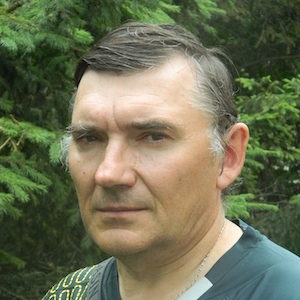

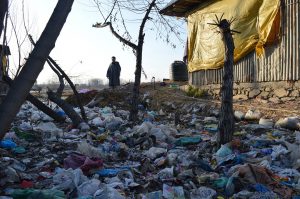
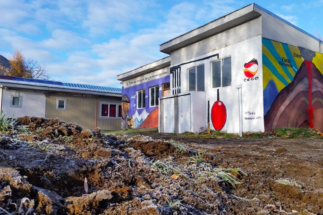
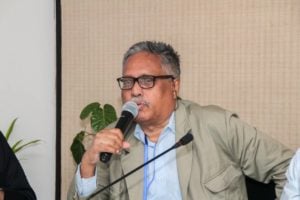
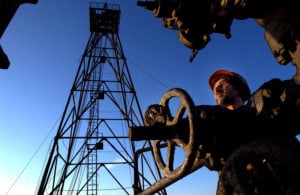
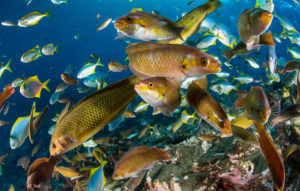
![Indian father riding on at electric three wheeler with his child [image: Suman Kumar / Alamy]](https://dialogue.earth/content/uploads/2021/05/2BHEFB6-300x200.jpg)
